
The National Gallery Prague (Czech name: Narodní galerie Praha) is a state art gallery in Prague, which has the largest collection of works of art in the Czech Republic and presents masterpieces of Czech and international fine art at permanent and temporary exhibitions.
Previously, the gallery was known as the National Gallery in Prague (Národní galerie v Praze).
The history of the National Gallery dates back to February 5, 1796 and is connected with the fact that a group of prominent representatives of the Bohemian patriotic aristocracy (Kolovrat, Sternberg and Nostitz) and the bourgeois intelligentsia decided to raise what they called the "spoiled artistic taste" of the local population.
Over time, the gallery's collections grew, and it began to occupy a leading position.
Today, the National Gallery Prague is a popular place among visitors and locals of Prague and has both permanent and temporary exhibitions, which present the best works of Czech and world fine art.
It is also the second oldest gallery in Europe after Louvre in Paris (Musee du Louvre).
The gallery's collections are not housed in one building, but are represented in a number of historical buildings in Prague, as well as outside the city.
The Exhibition Palace (Veletržní palác), built in 1925-1928, was originally intended for fairs, but since 1976 has been the residence of the National Gallery.
Today, the reconstructed palace houses permanent exhibitions and temporary exhibitions of the National Gallery Prague.
Exhibition 1796-1918: The Art of a long century combines domestic art with foreign art.
The exhibition of the collection 1918-1938: The First Republic was created on the occasion of the 100th anniversary of the founding of the Czechoslovak Republic and represents the rich artistic creativity and artistic activity of the young state in 1918-1938. In addition to paintings and sculptures by leading Czech, Slovak, Czech-German and Carpathian artists (Vaclav Szpala, Josef Chapek, Jindřich Sztyrski, Toyen, August Bremse, Maxim Kopf, Wenzel Hablik, etc.), the exhibition also presents works from the famous French collection (Paul Gauguin, Henri Rousseau, Pablo Picasso, Vincent Van Gog et al.), which the Czechoslovak state acquired shortly after its foundation in the 1920s-1930s.
Address of the exhibition palace: Dukelských hrdinů 47, 170 00 Prague 7, Czech Republic.

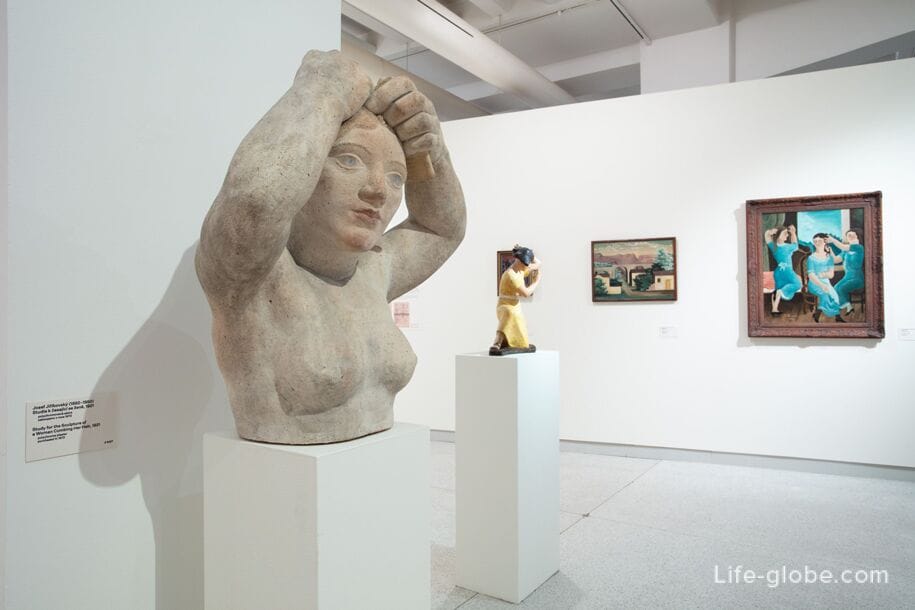
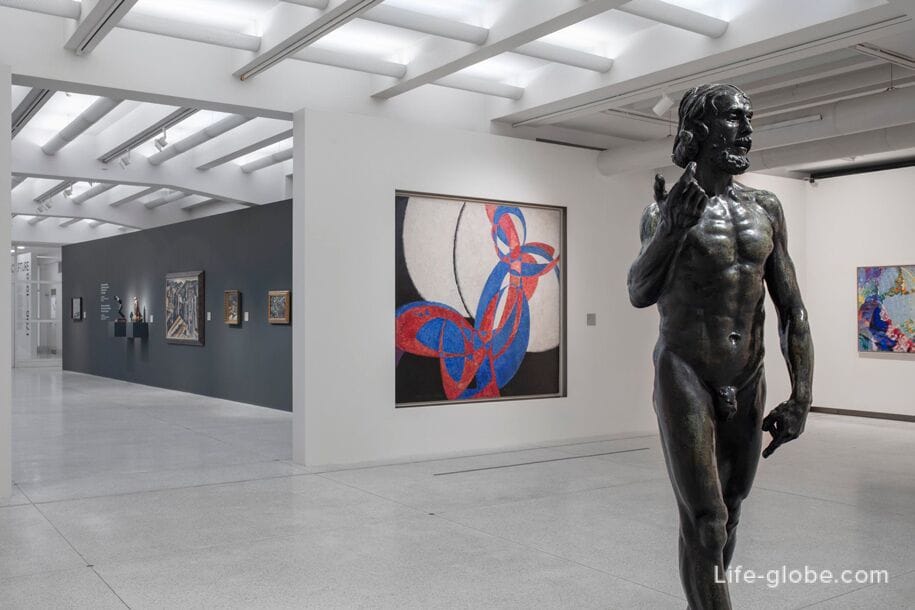
The Kinsky Palace (Palac Kinskyc) was built between 1755 and 1765 for the family of Count Jan Arnosht Goltz, and then expanded.
Today, this luxurious Rococo building with rich stucco and sculptural decoration houses the exhibitions of the Prague National Gallery.
There is a book and museum shop in the palace.
the Kinski Palace is located in the heart of Prague, on the famous old town square, at the address: old town square. 1, 110 15 Staré Město, Czech Republic. More about Kinsky Palace...

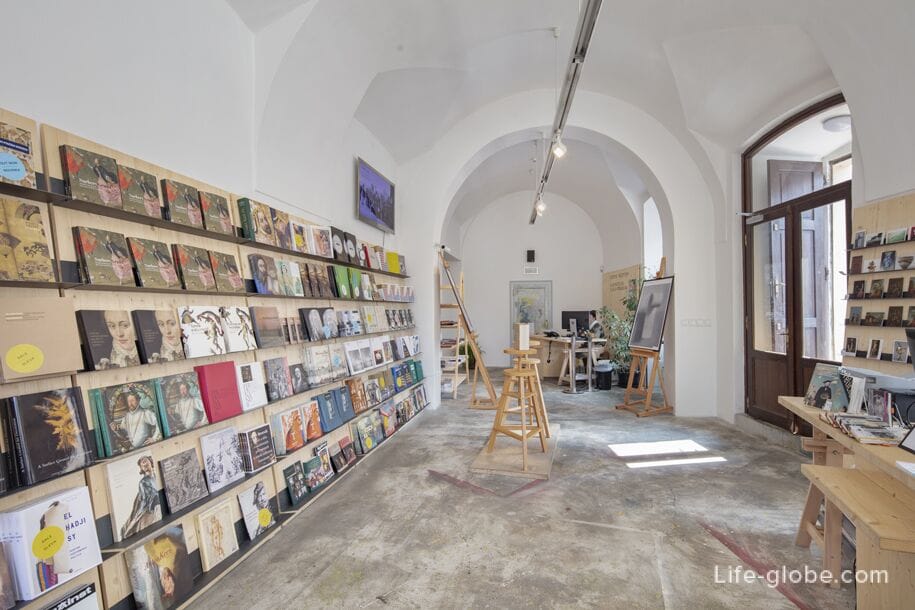
Salmovsky Palace (Salmovský palác, Salm Palace) is a classic three-winged palace-type building with a court of honor.
The construction of the palace was carried out between 1800 and 1811 by Archbishop of Prague Vilem Florentin, Prince of Salm-Salm, according to the project of František Pavička on the site of several small aristocratic residences. Initially, it was supposed to be a luxurious apartment house, owned since 1811 by the Schwarzenbergs, who connected it with the neighboring Schwarzenberg Palace.
Salmovsky Palace is made in the style of classicism and, in a French way, has a small courtyard (cour d´honneur).
Today the palace is an exhibition space with a long-term exhibition on the ground floor and a series of thematic exhibitions dedicated to international Art Nouveau and contemporary art in the context of works by famous Czech artists.
Salmov Palace is located on Hradcanska Square, near Prague Castle, at the address: hradčanské náměstí 1, 110 00 Praha 1-hradčany, Czech Republic.

Schwarzenberg Palace (Schwarzenberský palác) is an original and, moreover, relatively early Renaissance building, the facades of which are decorated with richly shaped graffiti decor.
The palace is an example of the so-called Czech Renaissance with a combination of Italian patterns and Czech traditions.
The palace was built in 1545-1567 by Agostino Galli, nicknamed Vlach, for the Burgrave of Prague, Jan the Younger of Lobkowitz. On behalf of the first owner, the palace is also known as Lobkovichky Palace (Lobkovický palác).
oday, within the walls of the palace, the exposition of the National Gallery Prague presents a selection of the most important masterpieces from the collection of Old (antique) Art - the period from the 16th to the 18th centuries: Hans von Aachen, Peter Brandl, Matthias Bernard Brown, Lucas Cranach, Adrian de Vries, Albrecht Durer, El Greco, Francisco Jose Goya, Hans Holbein, Jan Gossart Mabuse, Josepe de Ribera, Peter Paul Rubens, Bartolomeus Spranger, Karel Skreta, Simon Vue, Michael Leopold Wilmann, etc.
Short-term exhibitions are also held here.
Address of the Schwarzenberg Palace: Hradčanské náměstí 2, 110 00 Praha 1 - Hradčany, Czech Republic.
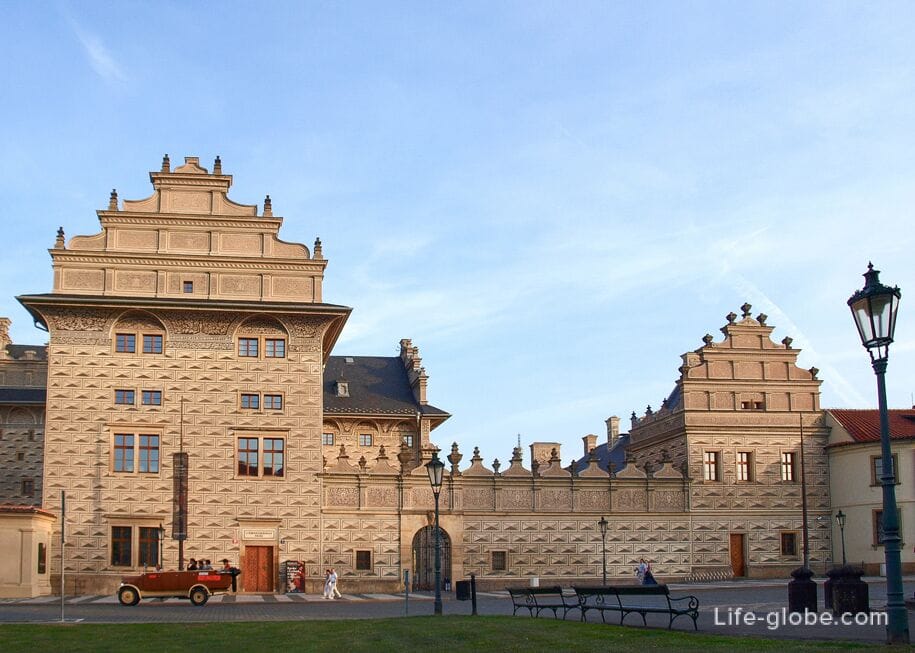

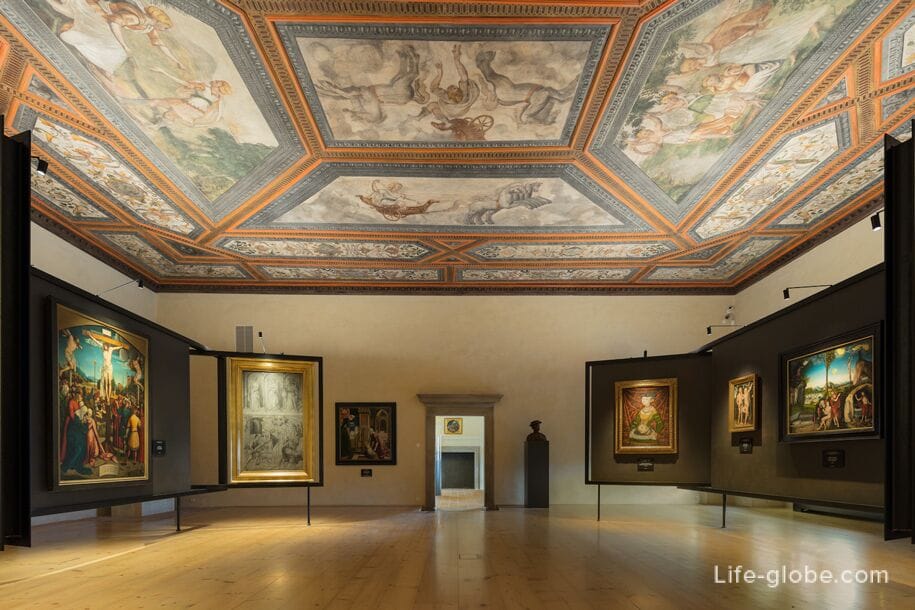
The Sternberg Palace or the Sternberg Palace (Šternberský palác) is one of the most significant works of secular architecture of the emerging High Baroque in the Czech Republic.
It was a city palace with a garden, built in 1699-1708 for Count Vaclav Wojtek of Sternberk. The palace was owned by the family as a fideikomis until 1811, it housed the Society of Patriotic Friends of Art. After 1871, for several years the palace served as a place for the mentally ill.
Today, the palace houses the permanent exhibition "Old Masters 2". Temporary exhibitions are also held here.
The halls of the palace also attract attention with the interior, in which the original decor is fragmentary: stucco, paintings, gold embossing and Chinese motifs.
A small palace garden adjoins the palace. In the garden there are works of art of Czech sculpture of the 20th century, including Jan Stursa, Vincenz Makovsky, Brzetislav Benda or Josef Kaplitsky.
Sternberg Palace Address: Hradčanské náměstí 15, 110 00 Praha 1 - Hradčany, Czech Republic. More about Sternberg Palace...

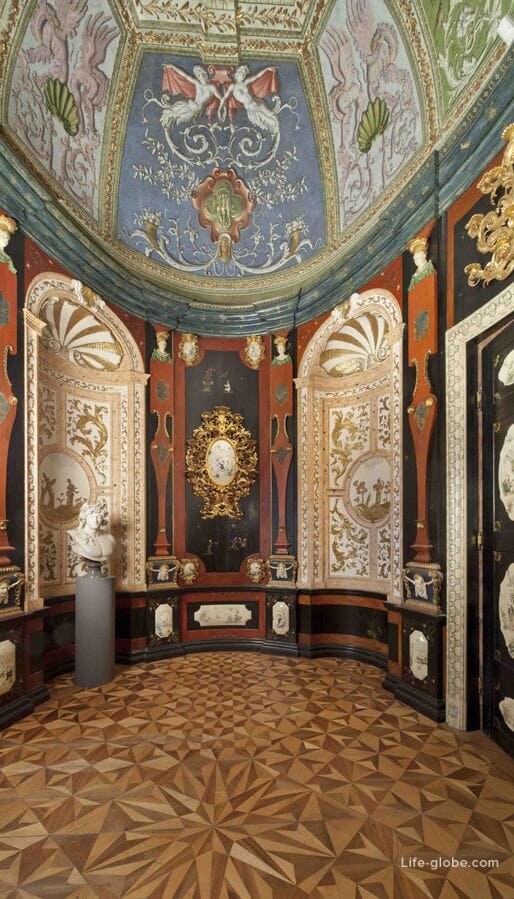
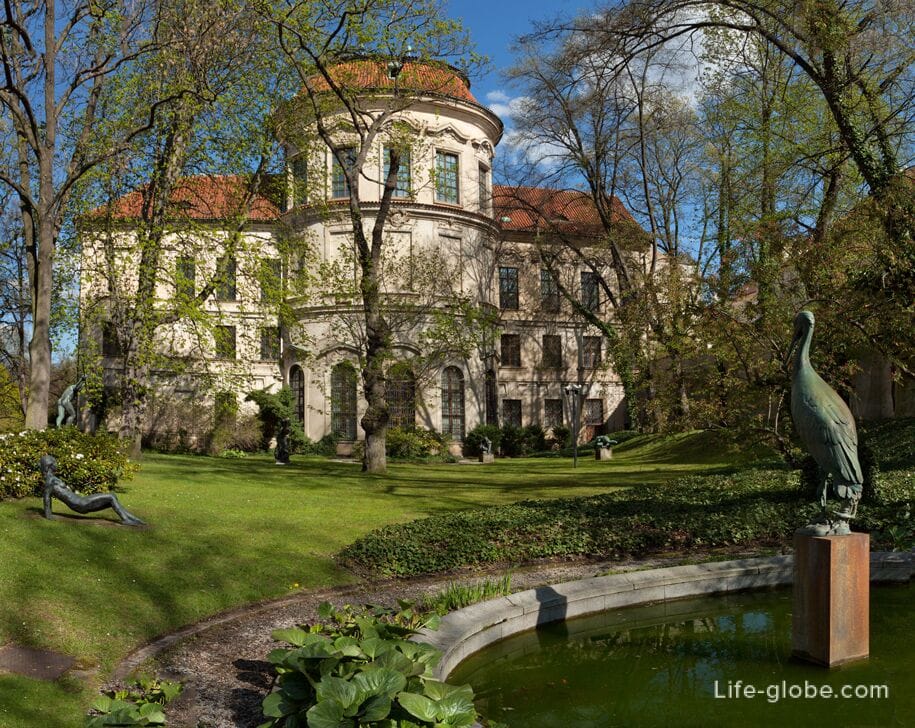
The historic building of the riding school of the Waldstein Palace (Valdštejnská jízdárna) is made in the early Baroque style and was built by architect Niccolo Sebregondi around 1630 as part of the Waldstein Palace.
The Manege building was reconstructed in 1953-1957 by architect Vinchik and became the exhibition space of the National Gallery.
Today, the riding school is used by the National Gallery Prague as an exhibition space and short-term exhibitions of famous Czech and world artists are held within its walls.
We recommend combining visits to exhibitions with visits to the adjacent Waldstein Garden and the palace. More about the Waldstein Garden and the Palace…
Address of the riding school: Valdštejnská 3, Prague 1, Czech Republic.

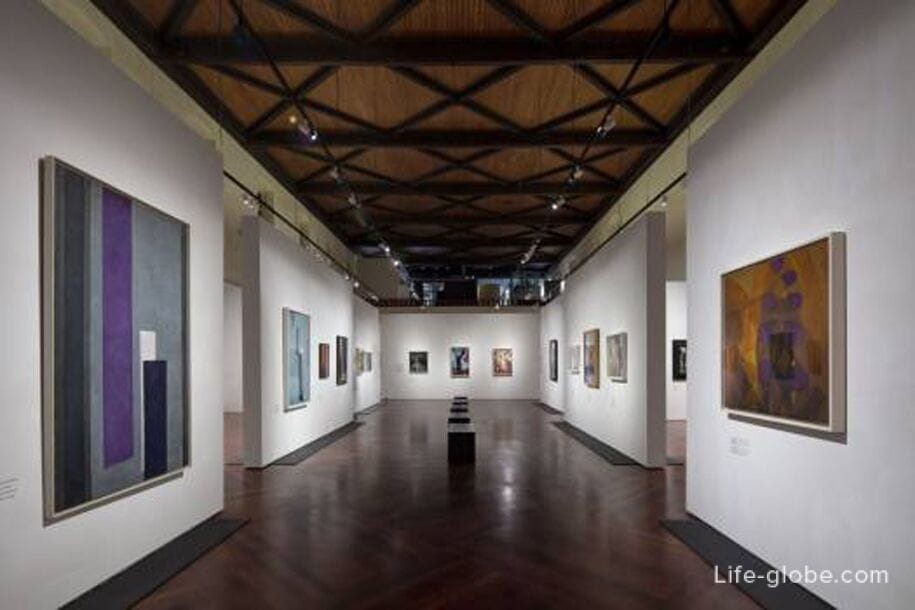

The Monastery of St. Anezhka of the Czech Republic or the Monastery of St. Agnes (Klášter sv. Anežky České) is one of the most important Gothic buildings and valuable monastery complexes in Prague.
The Monastery of Poor Clarissa and Younger Brothers was founded in 1233-1234 by Princess Agnes Przemyslowicz (canonized in 1989) together with her brother King Wenceslaus I. The monastery was also a family burial ground of the Przemyslovichs. It became the final resting place of Saint Anezhka Ceske.
The first floor of the complex introduces the history of individual parts of the uniquely preserved plan of the medieval monastery, its founders and history.
The monastery also includes lapidaries in the Monastery of Poor Claire (black kitchen and refectory) and the Small Brotherhood (monastery), which includes a set of architectural fragments from the time of the monastery's construction, altar foundations and tombstones.
The monastery gardens with sculptures and all significant rooms are also available, including the Chapel of St. Agnes, the Tombs of the Savior and the Church of St. Francis with the location of the remains of King Wenceslaus I.
The collection exposition, located in part of the monastery complex, presents the changes in the form and function of a work of art over three centuries on more than two hundred exhibits from the field of painting, sculpture and decorative and applied art. The exhibits are complemented by works created in the wider region of Central Europe - especially in the Franks, Austria, Saxony (Hans Pleidenwurf, Albrecht Altdorfer, Hans Hesse or Lucas Cranach the Elder, etc.).
Part of the monastery's space is used for short-term exhibitions and social and cultural events.
The address of the monastery of St. Anezhka the Czech: U Milosrdných 17, Prague 1, Czech Republic.

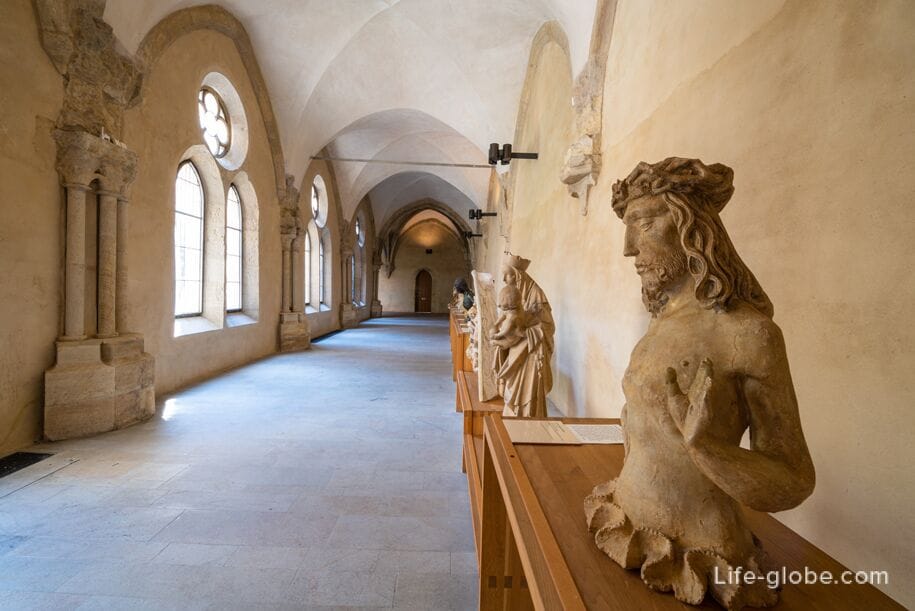
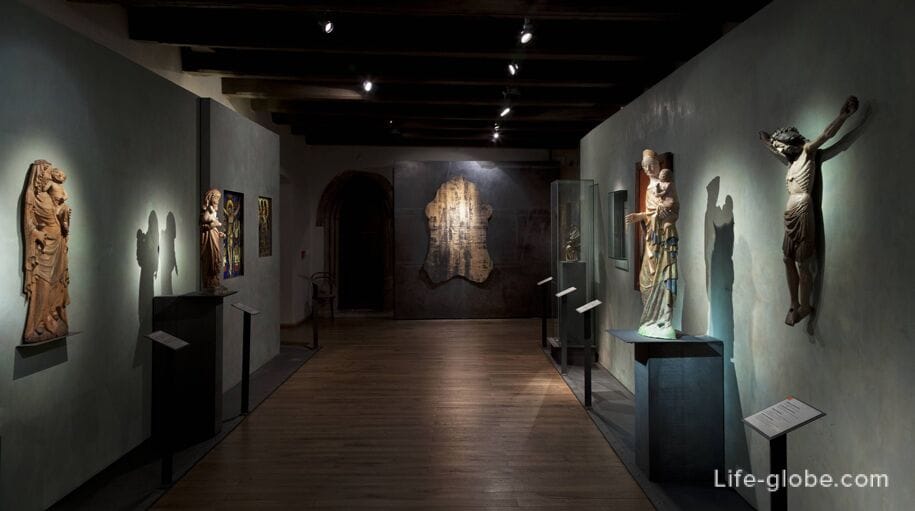
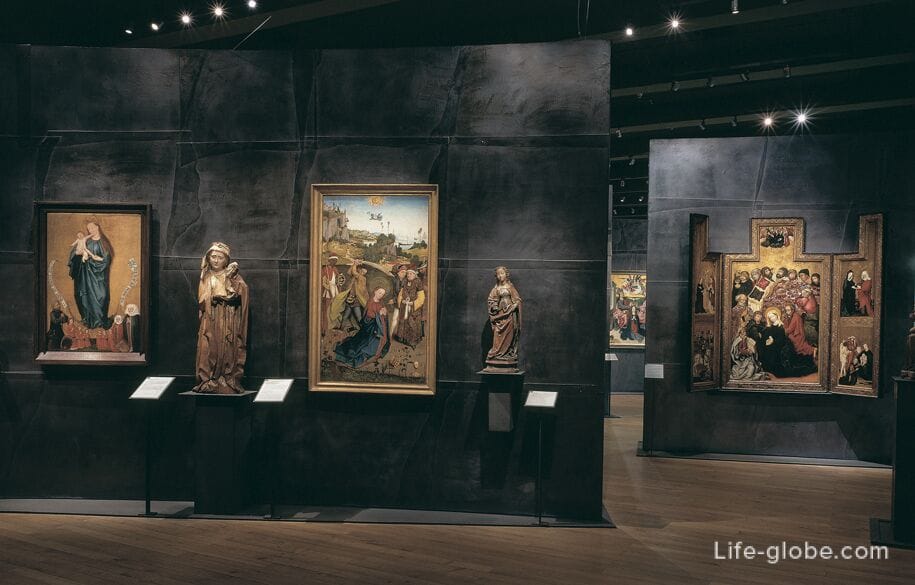
Zdar nad Sázavou Castle (Zámek Žďár nad Sázavou), located in the Czech Republic, at the address: Masarykovo náměstí, 733 24 Karviná-Fryštát.
Frystat castle with the adjacent park (Zámek frystat), located in the Czech Republic, at the address: masarykovo náměstí, 733 24 Karviná-frystat.
Czech and Slovak Pavilions in Venice (Czech and Slovak Pavilion in Venice). Address: Giardini di Castello, Venice, Italy, 30122.
Entrances to the objects of the National Gallery of Prague are paid.
You can visit individual objects by purchasing individual tickets or purchase a comprehensive ticket to visit all the objects of the gallery in Prague. The complex ticket is valid for 10 days.
There are also days of free admission to some expositions and exhibitions throughout the year.
All detailed information about ticket variations and their cost, free days of visits, opening hours of gallery facilities, current expositions, exhibitions and gallery facilities outside Prague, we recommend checking on the official website of the National Gallery Prague: ngprague.cz.
All accommodation facilities in Prague (hotels, apartments, guest houses, etc.), including in the historical center of the city and more remotely from it, can be view and book here 